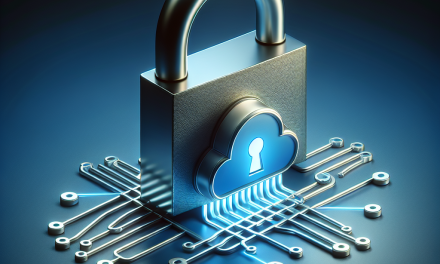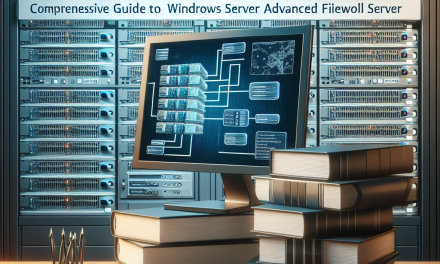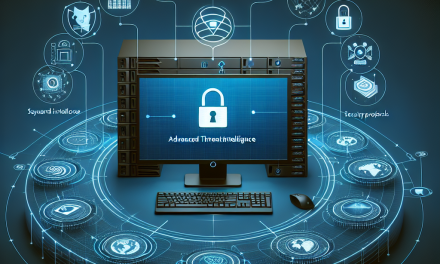In the digital age, ensuring the security of your Windows Server environment extends beyond software defenses; it necessitates robust physical security measures. Data breaches, thefts, and even accidental damage can occur if the physical infrastructure is not adequately protected. In this article, we delve into the best practices for enhancing physical security in Windows Server environments to safeguard your critical data and infrastructure.
1. Secure Data Center Location
Accessibility and Location
Choose a location for your server that is not only strategically located for operational efficiency but also secure from unauthorized access. Consider facilities with restricted access points, away from high-crime areas.
Disaster Tolerance
Ensure the data center is resistant to natural disasters. Flood zones, earthquake-prone areas, and regions with extreme weather should be avoided. Use historical data to analyze potential threats.
2. Access Control Measures
Implement Secure Entry Systems
Utilize access control systems (ACS) such as biometric scanners, key cards, and PIN codes to manage who can enter server rooms. Ensure that only authorized personnel can gain access.
Limit Access to Necessary Personnel
Adopt the principle of least privilege (PoLP), granting access only to individuals who require it for their roles. Maintain an updated log of who has access to the server room.
3. Surveillance and Monitoring
Install CCTV Cameras
Use closed-circuit television (CCTV) cameras to monitor entry points and critical areas within the server room. Ensure footage is stored securely and monitored regularly.
Monitor Environmental Conditions
Utilize environmental monitoring systems to keep track of temperature, humidity, and other factors that could affect equipment functioning. Set up alarms to alert personnel of any anomalies.
4. Equipment Lockdown
Server Racks and Cages
Physically secure server racks with locks or install cage enclosures. This prevents unauthorized physical access to critical infrastructure.
Cable Management
Implement robust cable management systems to prevent accidental disconnections, which could lead to downtime. This also helps in maintaining a clutter-free environment, deterring unauthorized access.
5. Visitor Management
Implement a Visitor Log
Maintain a visitor log to record all individuals entering the data center. Require visitors to sign in and wear identification badges at all times.
Supervised Visits
Ensure that visitors are always escorted by an employee during their time in the server room. This minimizes the risk of sabotage or data theft.
6. Emergency Preparedness
Disaster Recovery Plans
Develop and regularly update disaster recovery and business continuity plans. Conduct drills to ensure all personnel know their roles in an emergency situation.
Fire Safety Measures
Install fire suppression systems, smoke detectors, and fire extinguishers. Regularly inspect and test equipment to ensure everything is in operational condition.
7. Regular Audits and Assessments
Conduct Security Audits
Regularly assess physical security measures and protocols. Conduct penetration tests and security assessments to identify potential vulnerabilities.
Maintain Compliance
Stay abreast of compliance requirements relevant to your industry (e.g., HIPAA, PCI-DSS, GDPR) and make sure your physical security measures align with these.
8. Employee Training and Awareness
Security Training
Provide ongoing training to staff on security best practices. This should include recognizing potential threats and understanding how to report them.
Foster a Security Culture
Encourage a culture of security within your organization. Employees should feel responsible for the security of their environment and report suspicious activities without hesitation.
Conclusion
In the realm of Windows Server environments, the implementation of robust physical security practices cannot be overlooked. By following these best practices, organizations can significantly reduce the risk of physical threats, ensuring the safety of their infrastructure and the integrity of their data. Prioritizing physical security not only safeguards information but also fosters a culture of security awareness among employees, building a more resilient IT environment.
About WafaTech
WafaTech is dedicated to providing insights and solutions for emerging technology challenges. Stay tuned to our blog for more articles on best practices and innovative solutions to enhance your IT environment.





